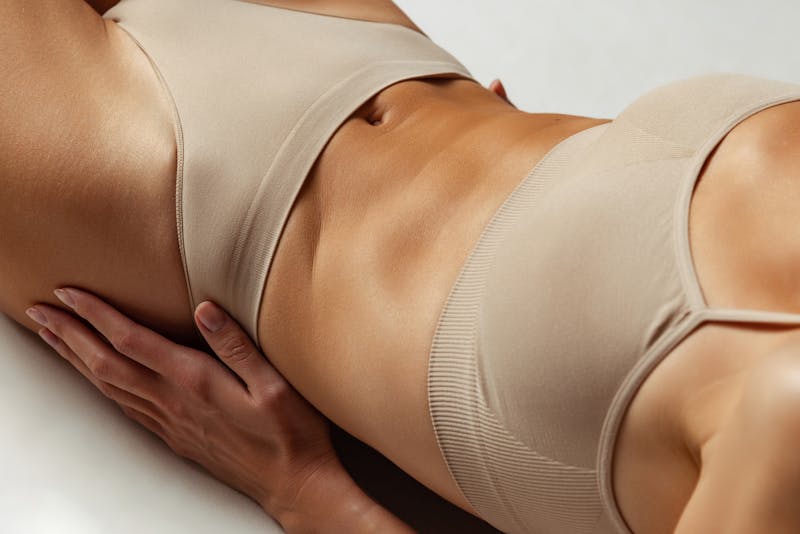
The survival of a fat graft after grafting any area (face, buttock, breast, etc) depends on surgical technique, adequate blood supply, postoperative care, nutrition and overall health of the patient. Fat harvested or injected under excess pressure is thought to disrupt cell membranes and kill the fat cells. Poor, rapid, hurried techniques to harvest, process, and inject the fat can lead to less fat survival.
Patients who have poor nutrition, are diabetic, have bad blood supply, smoke, etc typically have less fat survival than patients who are otherwise more healthy and avoid smoking. The fat cells must be harvested and injected with minimal trauma, to avoid cell death. The cells that do survive must recruit a blood supply from the grafted bed in order to survive. Those that die are either broken down by the body – or can become a firm scar or a nidus for infection. These are risks of fat grafting under any circumstance. Poor technique, improper postoperative care, and careless patient selection increase these risks.

